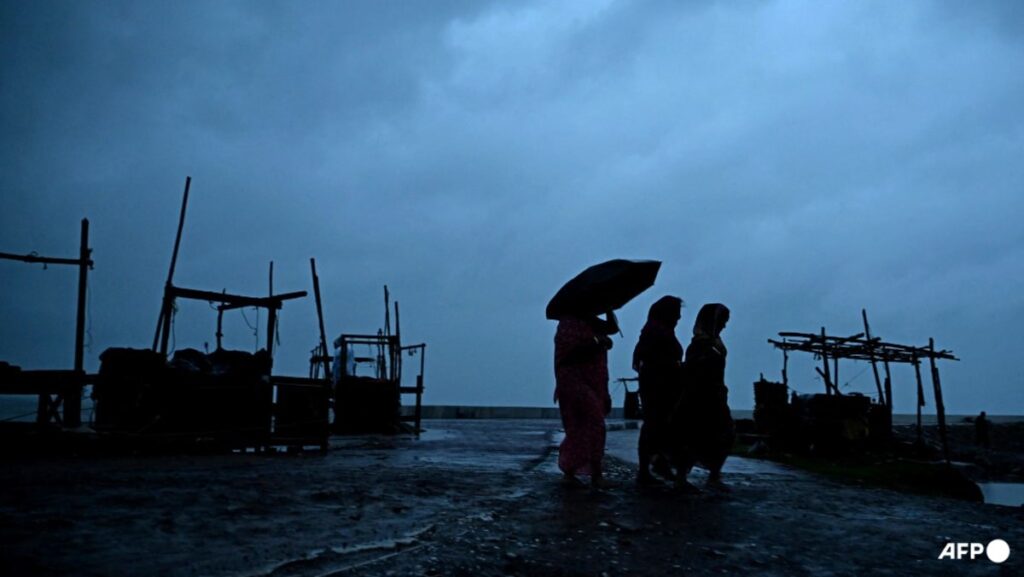Dana flooded parts of the coast after triggering a surge in sea levels of up to 1.15m.
On landfall, the storm had gusting winds up to 120kmh, Kolkata-based weather bureau forecaster Somenath Dutta told AFP.
The Sundarbans, the largest mangrove forest in the world, was hit by a “gale force wind” that caused hundreds of trees to be uprooted, West Bengal minister Bankim Chandra Hazra told AFP.
“The cyclone also damaged hundreds of homes, blowing off roofs in coastal areas,” he added.
Major airports have been shut since Thursday night in Kolkata, India’s third-biggest city and a key travel hub, which was lashed by heavy rains.
Scientists have warned that storms are becoming more powerful as the world heats up due to climate change driven by burning fossil fuels.
Warmer ocean surfaces release more water vapour, which provides additional energy for storms, strengthening winds.
A warming atmosphere also allows storms to hold more water, boosting heavy rainfall.
But better forecasting and more effective evacuation planning have dramatically reduced death tolls.
In May, Cyclone Remal killed at least 48 people in India and at least 17 people in Bangladesh, according to government figures.
https://www.channelnewsasia.com/asia/cyclone-dana-india-trees-power-lines-flattened-india-climate-change-4701961


